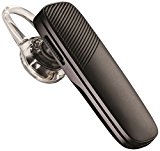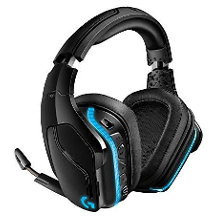Noise-cancelling headphones purchasing advice: how to choose the right product
- What you need to know
- Noise-cancelling headphones use technology to filter out ambient noise.
- Just like conventional headphones, they play music in high sound quality.
- They either sit directly on the ear as over-ear headphones or are inserted into the ear as in-ear versions.
- Consumers can choose between wireless and wired systems.
- Additional features include hands-free telephony and certified protection against water and dust.
The advantages of noise-cancelling headphones
Would you like to turn off the noise of everyday life with the simple push of a button? Noise-cancelling headphones make it possible. These headphones are fundamentally different from the usual hearing protection used in industry and on construction sites, among other places: after all, consumers can also use them to listen to music and make phone calls. Moreover, noise-reducing headphones are now even available in pocket format.
In order to ensure effective noise cancellation even in devices for private users, manufacturers of noise-cancelling headphones have long since gone beyond merely shielding the human ear acoustically with pads. In addition, modern headphones use “active noise cancelling”, or ANC for short. This function picks up the disturbing sound waves via microphones on the outside of the headphones and passes the signals on to the headphone electronics as an electronic voltage.

The headphone electronics convert the recorded signals of the outside noise and output them in reverse polarity via the headphones’ loudspeakers. This so-called anti-noise, also called counter-sound, reduces the background noise and removes the unwanted frequencies from the sound image. Depending on how cleanly a headphone picks up the noise signals, converts them and outputs them again, the noise reduction works more or less efficiently. While ANC was initially only found in wired headphones, there are now also various wireless versions.
The advantage lies in the significantly greater freedom of movement that wearers enjoy thanks to Bluetooth transmission and the elimination of the cable. This allows them to use the headphones, for example, during noisy housework activities, such as vacuuming, to reduce stress. On train or plane journeys, which in most cases last several hours, they filter out monotonous ambient noise such as the loud braking of a train or the whirring of an engine, thus enabling wearers to focus on work, relax with a film or simply take a nap. It can also significantly reduce the background noise in an open-plan office.
Models and versions
Noise-cancelling headphones are available in two different designs and with two types of connection. Just as with conventional headphones, consumers have to decide what they prefer to listen to.
Over-ear, on-ear or in-ear model?
Over-ear models come in the classic headphone design, where the two speakers are connected to each other via a bracket. When in use, the headband is worn on the head like a headband and the ears are completely enclosed by the headphone cups. A clear advantage of the over-ear design is that the construction offers a high level of wearing comfort and reduces ambient noise to some extent.
In addition, over-ear headphones allow the use of larger drivers compared to in-ear models, which means they tend to offer better sound quality. However, they are quite large and do not fit comfortably in your pocket. These models are also unsuitable for cycling or wearing hats, and they are also considered rather impractical and annoying during sports.
The latter also applies to on-ear headphones, where the headphone cups sit on the ears but do not enclose them. For a better fit, manufacturers also rely on a headband that is worn on the head. However, on-ear headphones offer less insulation against ambient noise because they do not close off the wearer’s ears. At the same time, the design is also less suitable for ANC, as the sound waves can reach the ear more interference-free in reversed polarity in a closed system. Since over-ear headphones sit directly on the ears, users also feel a slight pressure sensation when wearing them, which can become annoying when worn for longer periods of time. In addition, on-ear headphones with ANC are less common than over-ear and in-ear versions.
Therefore, in-ear headphones that rest in the ear canal during use are recommended for use during sports. These models are compact enough to fit in trouser pockets and are also suitable for cycling. If you opt for this design, you can also choose true-wireless headphones, which do not require any cables at all. Generally speaking, cable-only ANC models are hard to find.
Wired or Bluetooth connection?
Since ANC already requires active amplification inside the headphones, most noise-cancelling headphones have wireless connection options. The big advantage of wireless headphones is the much greater freedom of movement they give users. Some models also offer the convenience of connecting playback devices via a detachable jack cable. While wired headphones without ANC usually do not have an integrated rechargeable battery or battery compartment, noise-cancelling headphones require an external power supply. This eliminates one of the advantages of wired headphones, which are always ready for use without having to look at the battery indicator.
Do wired headphones offer better sound quality?
Wireless headphones are suspected of offering inadequate sound quality compared to wired versions. Bluetooth is perfectly adequate for compressed audio files from music streaming services and even for uncompressed audio files. However, the use of Bluetooth with inferior codecs is critical, as the compression and decompression of the files can lead to quality losses. The standard in the product category of ANC headphones is Bluetooth and thus a standard that most notebooks or smartphones support without any accessories.
Alternatively, older computers can be upgraded with Bluetooth functionality via a USB dongle for about 10 to 15 euros. Since the range is usually several metres, Bluetooth headphones are very flexible. This is particularly advantageous during sports, as consumers do not get caught in the cable when moving. In addition, there is no risk of cable breakage, which is especially high when carrying them in trouser pockets. Bluetooth headphones with an additional connection via a jack cable combine the advantages of both connection options.
These are the criteria to consider when buying
In detail, there are many subtleties that decide whether you are satisfied with the headphones you have chosen. Not only do price and appearance play a role, but additional functions such as hands-free telephony, high-quality materials and protection against dust and water are also important to many users.
Effective noise suppression
Over time, the term “active noise cancelling” has become a marketing term with which many manufacturers advertise their devices. However, the quality of noise cancellation is not always satisfactory. It depends on the accuracy of the anti-noise that the headphones provide against the background noise. While ANC can be very effective in expensive models as well as brand-name manufacturers such as Bose, Sennheiser, JBL and Sony, the technology often only has the effect of noise in inexpensive devices.

Does ANC filter out all noise equally well?
Noise cancellation works particularly well with constant tones in low to medium tone ranges. A popular application example is therefore the humming noise in aeroplanes, which is largely silenced when ANC is used. Sudden noises or conversations, on the other hand, are only slightly attenuated by noise-cancelling headphones. Basically, there are significant differences in the quality of ANC depending on the model and price range. Sometimes noise-cancelling headphones do not achieve the desired effect and only drown out noise with other noise. For this reason, it is advisable to check the ANC quality in advance, for example by trying them out or reading test reports. In addition, both over-ear headphones and in-ear headphones already provide a certain amount of shielding against noise due to their construction.
Sound quality and codecs
In addition to the quality of noise cancellation, the sound quality should also be considered when buying headphones. After all, playing music is still one of the main tasks of headphones. However, sound quality is extremely subjective and should be assessed according to personal preferences. Cheaper headphones usually offer a lot of bass, which is important to some users when listening to music. Expensive headphones, on the other hand, often convince with a very balanced sound and better resolve individual musical instruments and notes. The preferences for tuning headphones are varied and in some cases can even be adjusted through equalisers or sound profiles.

Does ANC contribute to better sound quality?
Since noise cancellation in noise-cancelling headphones results in less noise, it can certainly contribute to better sound quality. In wired models, the technology also amplifies the sound of the headphones a little, resulting in a more powerful sound image. However, if the integrated noise cancellation is not very efficient and causes a lot of noise, the headphones will add additional noise to the music.
As a rough guideline, manufacturers indicate the technical capabilities of their products on the packaging or on the Internet. The size of the built-in drivers, also called chassis or speaker membrane, the frequency range and the volume in decibels roughly indicate how powerful the components built into the headphones are. As with the effectiveness of noise cancelling, trial and error is advisable here, as is reading test reports including a detailed description of the sound quality.
Another aid that you can use to evaluate the sound quality of a Bluetooth headphone in advance is the supported codecs. To transmit digital music files, the playback device must compress them, after which the headphones decompress them again.
| Codec | Meaning | Advantage | Disadvantage |
| SBC | Subband coding | Basic codec that is widely used | Many losses and low bit rate |
| AAC | Advanced Audio Coding | Better sound quality thanks to better compression | Power-hungry and quite rare |
| LDAC | Proprietary codec of the manufacturer Sony | High bit rate | Very rare |
| aptX | Audio transmission in CD quality | High quality and especially synchronous | No support on Apple devices |
| aptX HD | Improved version of aptX | More loss-free than aptX and just as synchronous | Very rare |
Some codecs work more reliably and with less loss than others. The audio codecs aptX and aptX HD in particular have become established in Bluetooth headphones and speakers over time. In addition to transmitting music in high quality, aptX also offers low latency so that, for example, lip movements in films and videos match the voice output.
Robustness and portability
Noise-cancelling headphones provide silence when travelling or in the noise of big cities and are therefore predestined to fit in backpacks or trouser pockets. Depending on the intended use, consumers should therefore look for robust materials as well as certifications for water and dust resistance.
Inexpensive headphones are usually made of plastic, but in many cases they are reinforced in sensitive areas by stabilising metal elements. In more expensive models, the use of metals spreads to other parts of the headphones and high-quality leather elements are added to the ear cups. With in-ear headphones, on the other hand, the headphone attachments that are inserted into the ear canal are usually made of foam or silicone.
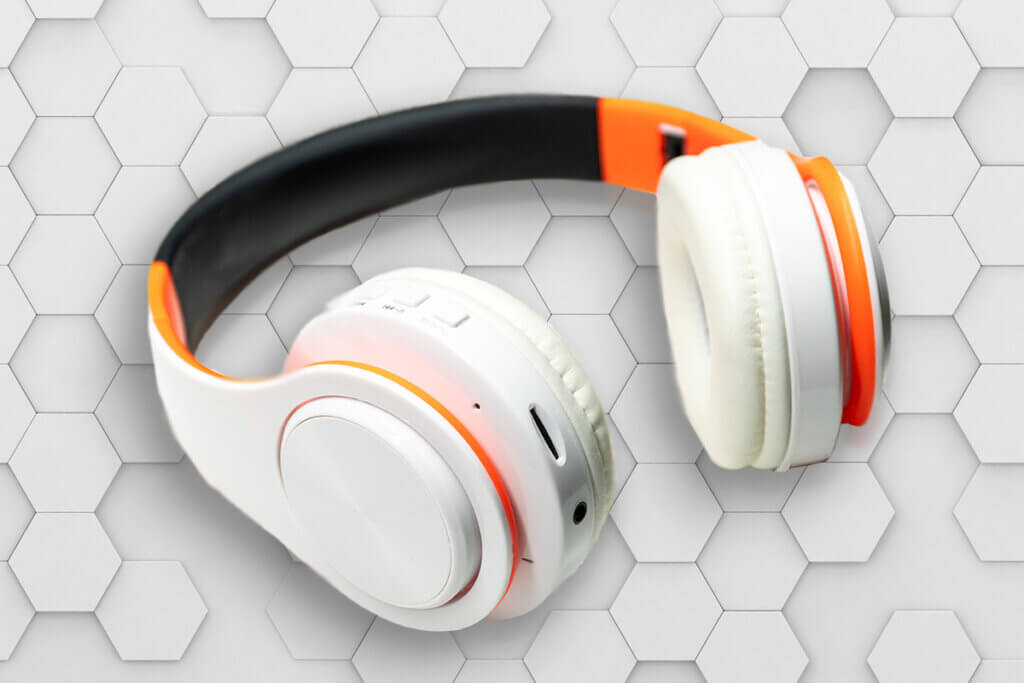
A higher price for wired headphones is also noticeable in the higher-quality cables. If they are thicker, this contributes to better sound quality. At the same time, the cables are more resistant to breakage in the long run.
When buying sports headphones with ANC, you should also pay attention to the certification of dust and water resistance. Over the years, the IP standard has become established for various electrical devices. Two digits indicate the extent to which a device is protected against water and dust:
| Digit | First digit – protection against | Second digit – protection against |
| 1 | Foreign bodies with a diameter of 50.0 millimetres | Dripping water |
| 2 | Foreign bodies with a diameter of 12.5 millimetres | Falling spray water when the unit is tilted 15 degrees |
| 3 | Foreign bodies with a diameter of 2.5 millimetres | Falling spray water when the unit is tilted 60 degrees |
| 4 | Foreign bodies with a diameter of 1.0 millimetres | Splashing water on all sides |
| 5 | Dust in damaging quantity | Water jets from any angle |
| 6 | Dust | Strong water jets |
| 7 | – | Temporary immersion |
| 8 | – | Permanent immersion |
Headphones are protected against rain and splashing water from IPX4 upwards; for swimming, the respective model should have an IPX7 certification. In addition to the IP certification, manufacturers of sports headphones specify the water depths at which the respective headphones can be used. Some manufacturers even extend their warranty to include use in wet environments, which is particularly beneficial for frequent use in water or rain.
Frequent travellers should take a look at the weight when choosing the right headphones. True-wireless headphones and in-ear models are particularly recommended if the headphones are to become a permanent part of your luggage later on. Some models come with carrying cases that provide additional security in your luggage and protect the headphones from dirt. Battery-operated Bluetooth headphones can also be used on planes without any restrictions.
Additional functions and operation
The functions of modern noise-cancelling headphones go far beyond listening to music and suppressing background noise. Thanks to integrated microphones or touch-sensitive surfaces, noise-cancelling headphones offer interesting additional functions.
Hands-free kit
Almost every noise-cancelling headphone is equipped with a hands-free device that works wired or wirelessly together with a smartphone. The call quality on the user’s side is on a par with that of the smartphone. However, call partners have to be satisfied with poor call quality, especially with inexpensive models. Depending on the model, the required microphones are quite far away from the mouth, which makes filtering out ambient noise a necessity.

Voice control
In addition to phone calls, many noise-cancelling headphones also record voice inputs for assistance systems such as Siri, Alexa or Google Assistant. Not every model is compatible with all systems, and dedicated buttons for particularly convenient input are not available everywhere. In addition, both a Bluetooth and an internet connection are required for use. The possibility of controlling music playback via voice input is nevertheless very practical.
Touch-sensitive surfaces
The operation of modern headphones is not always self-explanatory, as many manufacturers rely on operating concepts via gestures and touch-sensitive surfaces. By swiping across the outside of the headphones or gesturing at sensor surfaces, you trigger certain actions and control the volume or jump to the next track, for example. While the functional range of the headphones increases, raindrops or moisture also trigger these surfaces and sometimes cause faulty inputs. Which control options a headphone should offer thus depends again on the desired purpose.
Apps
A practical development in wireless headphones is that manufacturers provide free apps for download. These allow the activation and configuration of equalisers or extended control of the ANC function. Especially in road traffic, the use of noise cancellation can be a hazard.
Pass-Through
The efficiency of the ANC can be adjusted on some headphones even without a smartphone. You can set the intensity either by pressing buttons or turning dials, and you can turn off the ANC altogether if necessary. The latter is additionally realised with some models via pass-through. Here, the integrated microphones pick up the ambient noise and pass it on to the speakers. The user can therefore hear conversations or warning signals without having to take off the headphones.
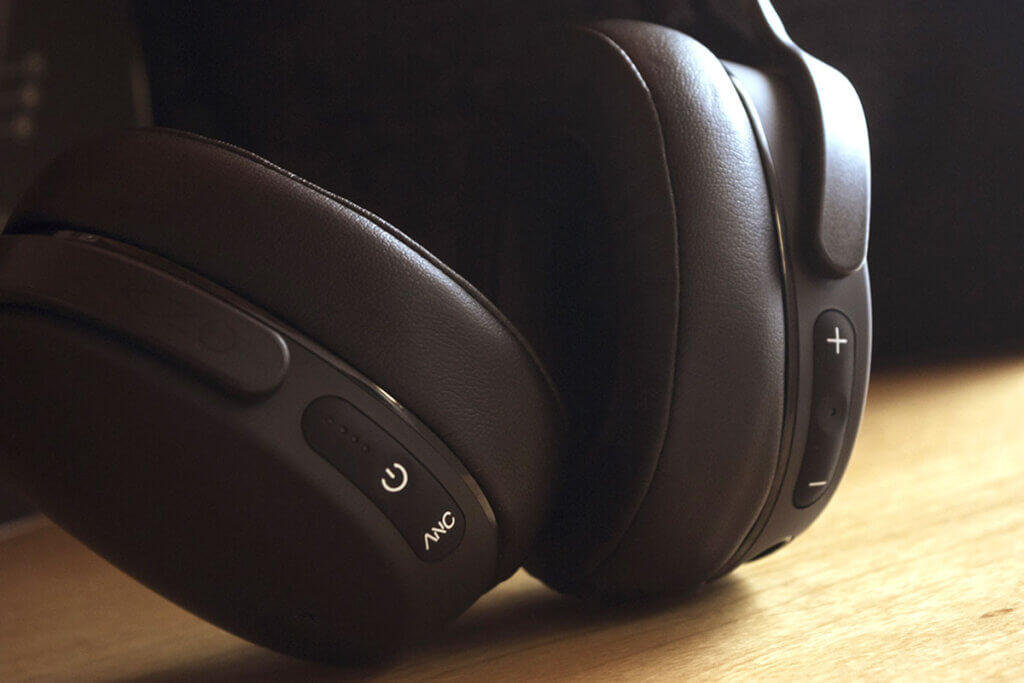
This is particularly advisable with models that perform certain actions when they are put on or taken off. For example, there are noise-cancelling headphones that interrupt music playback as soon as users take the headphones off their head or out of their ear. If users find this annoying, they can usually deactivate the function in the headphone settings.
Battery life or batteries
Since active noise cancellation always requires a power supply, you should pay attention to the battery life or the batteries used. The latter are usually only used in older, wired models. Batteries offer the advantage that they are replaceable and therefore do not wear out in the long run.
Rechargeable batteries, on the other hand, are much more space-saving and allow manufacturers to realise long runtimes with smaller housings. Bluetooth in-ear headphones consist only of the earphones themselves and a charging cradle that provides an additional battery. Basically, it can be said that the use of ANC has a negative effect on the battery life of headphones.
Price
When it comes to noise-cancelling headphones, it is worth investing a little money. Especially models with high-quality ANC function can only be found from prices between 100 and 150 euros. Below that, the noise cancellation is either very inefficient or accompanied by a lot of noise. The sound quality of inexpensive models is also not particularly convincing.
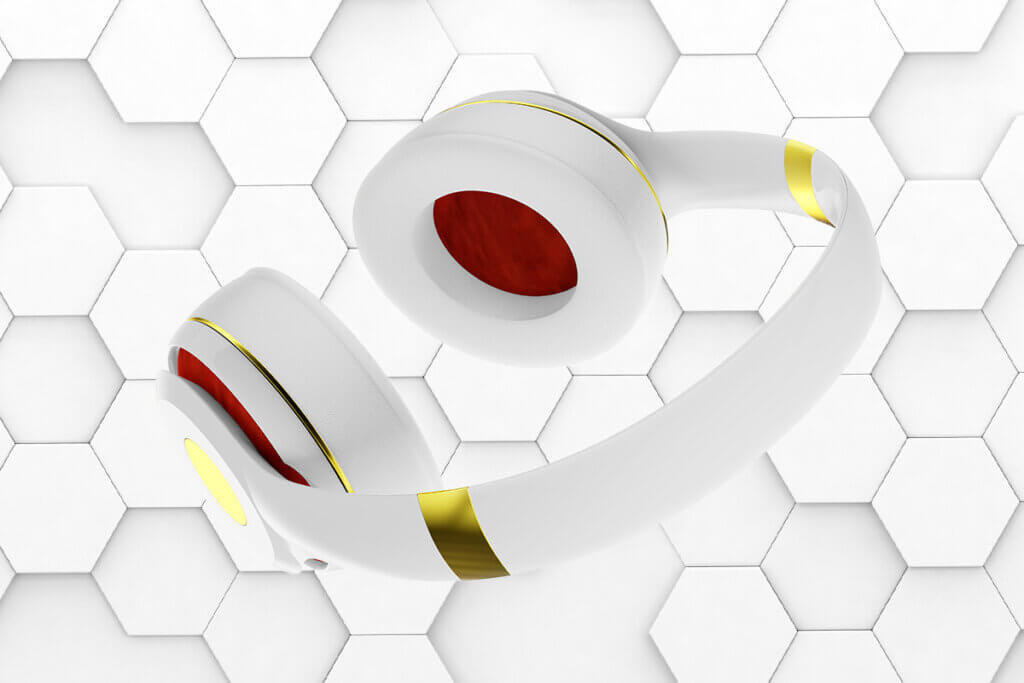
In addition to the technical deficits, the quality of workmanship and the materials used in many inexpensive models are also inferior. This reduces the lifespan of inexpensive headphones, as the risk of cable breakage, damage or decreasing battery life increases. If intensive use is foreseeable, the surcharge for a high-quality model is also worthwhile.
Image 1: © goodluz / stock.adobe.com | Image 2: © contrastwerkstatt / stock.adobe.com | Image 3: © be free / stock.adobe.com | Image 4: © Oleksandr / stock.adobe.com | Image 5: © rh2010 / stock.adobe.com | Image 6: © Mariana / stock.adobe.com | Image 7: © tiuzhin / stock.adobe.com

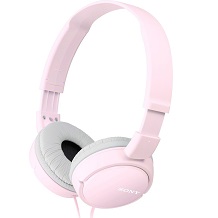
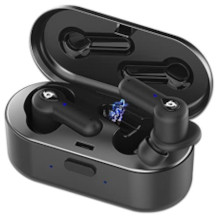
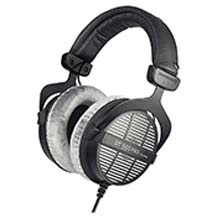
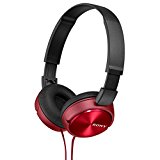
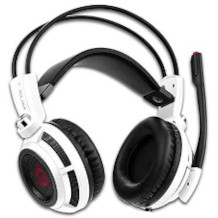
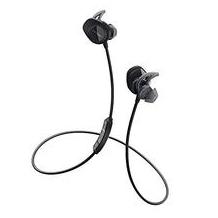
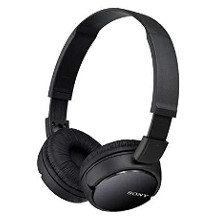

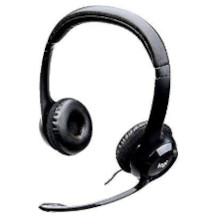
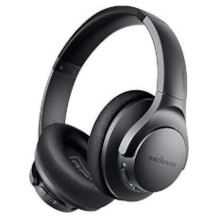
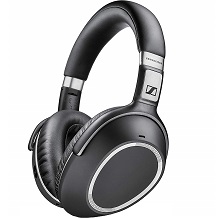
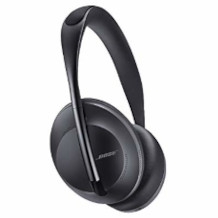
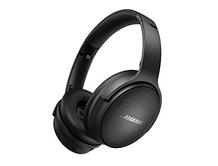
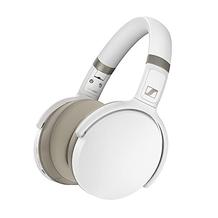
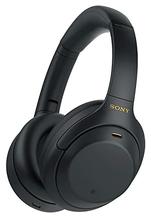
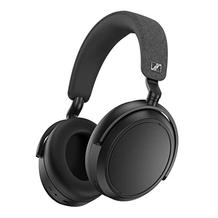
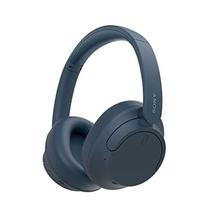
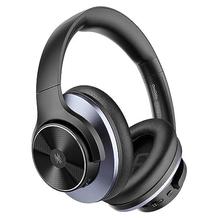
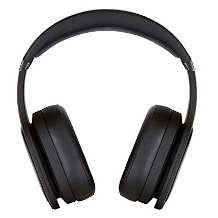

 13,831 reviews
13,831 reviews
